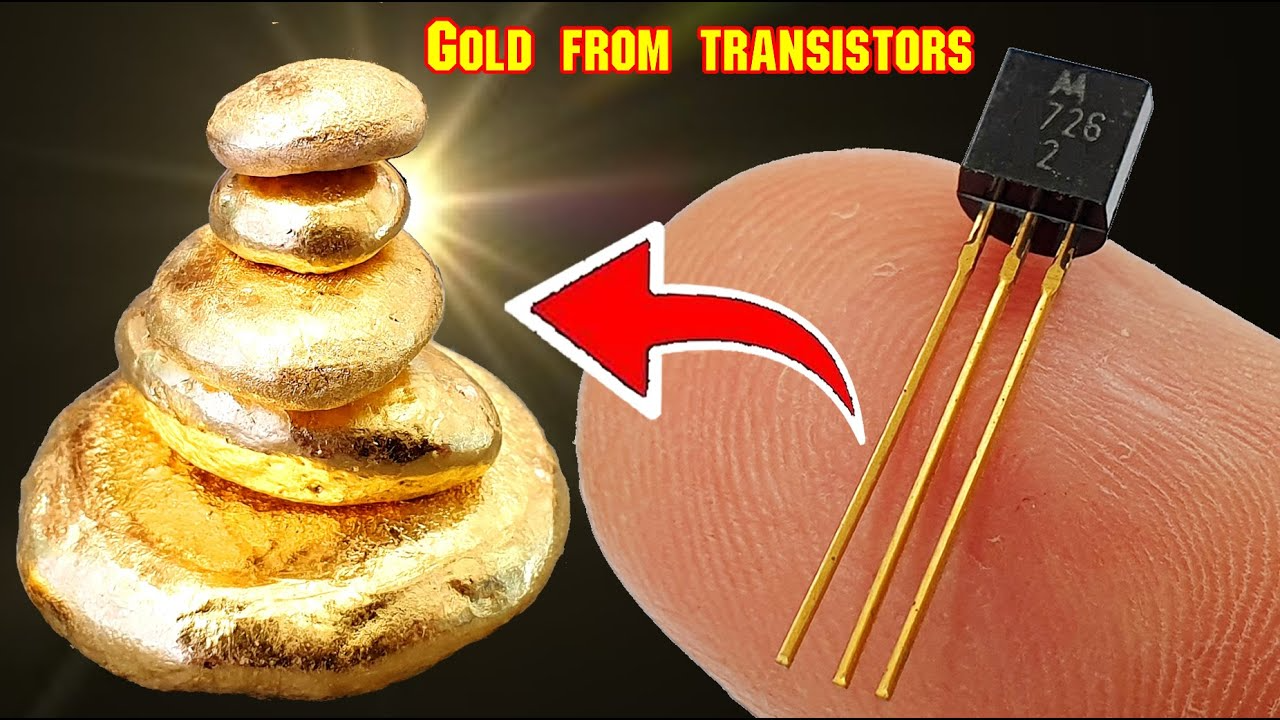
E‑waste gold transistor
The Hidden Gold in E Waste Uncovering Value from Transistor Trash
In an age where technology evolves at breakneck speed, our appetite for newer, faster, and sleeker electronic devices has reached an all time high. But this digital revolution comes with a cost electronic waste, or e waste, is piling up at alarming rates. While discarded gadgets might seem worthless at first glance, they often hide something extraordinarily valuable gold, particularly embedded in tiny yet powerful components like transistors. These microscopic heroes of electronics not only power our digital world but also harbor hidden treasure, making them a surprising focal point for e waste recovery efforts.
Transistors, the backbone of modern electronics, serve as the switches and amplifiers that regulate electronic signals. Found in virtually every device from smartphones to medical equipment they often incorporate a minuscule amount of gold due to the metal's excellent conductivity and resistance to corrosion. Unlike base metals like copper or aluminum, gold doesn’t oxidize or degrade, making it ideal for reliable, long lasting connections, especially in sensitive or high performance circuitry. Though the amount of gold in a single transistor is tiny, the cumulative value across billions of discarded devices becomes significant, turning e waste into an untapped mine.
A single smartphone, for instance, might contain 0.034 grams of gold a sliver of value that seems negligible on its own. However, when multiplied by the estimated 1.5 billion smartphones discarded each year globally, the numbers tell a different story. That translates into over 50 tons of gold worth billions of dollars being thrown away annually. A substantial portion of this gold resides in the semiconductors, connectors, and transistors. Given the scalability of gold recovery from these components, companies and informal recyclers alike have begun targeting this very niche in e waste recycling.
The extraction of gold from e waste transistors is a growing industry, but it is not without challenges. While gold's presence in electronics has long been known, retrieving it safely and efficiently remains a complex task. In the formal sector, high tech recycling plants use sophisticated, environmentally controlled processes to extract gold, often alongside other precious metals like palladium and platinum. These processes involve chemical leaching, electrolysis, and mechanical separation. However, the informal sector often operating in developing countries resorts to unsafe methods like burning or acid baths, exposing workers to toxic fumes and contaminating ecosystems.
What sets transistors apart in the recycling process is their precision engineering and material layering. In older devices, especially those built before the early 2000s, transistors often used gold plated leads and bonding wires, a practice that has diminished in newer, cost optimized designs. Nevertheless, high end electronics, aerospace components, military grade hardware, and some medical devices still use gold plated transistors due to performance requirements. This makes obsolete military and industrial electronics particularly rich sources for gold recovery, and they're often targeted by specialist recyclers who understand their value.
Despite the environmental concerns, the economic incentive for harvesting gold from e waste transistors continues to grow. With the price of gold hovering around $2,000 per ounce in recent years, even small quantities recovered at scale can be highly profitable. Some innovative startups have emerged with patented processes to recover gold and other rare metals using eco friendly bioleaching methods, where microorganisms are used to separate metals without toxic chemicals. These greener approaches could mark the future of e waste recycling, especially as environmental regulations tighten globally and public awareness of e waste's impact increases.
Moreover, the strategic importance of recovering gold from transistors extends beyond mere profit. As nations grapple with the supply chain vulnerabilities exposed during recent global disruptions, the concept of urban mining recovering valuable resources from waste has gained traction. Recycling e waste not only conserves raw materials but also reduces reliance on conflict prone mining regions and environmentally destructive extraction practices. Transistors, though small, are critical components, and sourcing their materials sustainably is now part of a broader conversation about technological resilience and circular economies.
In the grand scheme, the humble transistor, long overlooked in discussions about e waste, is gaining recognition as a key to unlocking both economic and environmental value. The gold within these components is not just a monetary asset but a symbol of a larger shift one that reimagines waste as a resource, pollution as opportunity, and discarded gadgets as the mines of the future. The path forward lies in innovation, regulation, and education ensuring that this golden opportunity doesn't slip through our fingers along with the devices we throw away.











